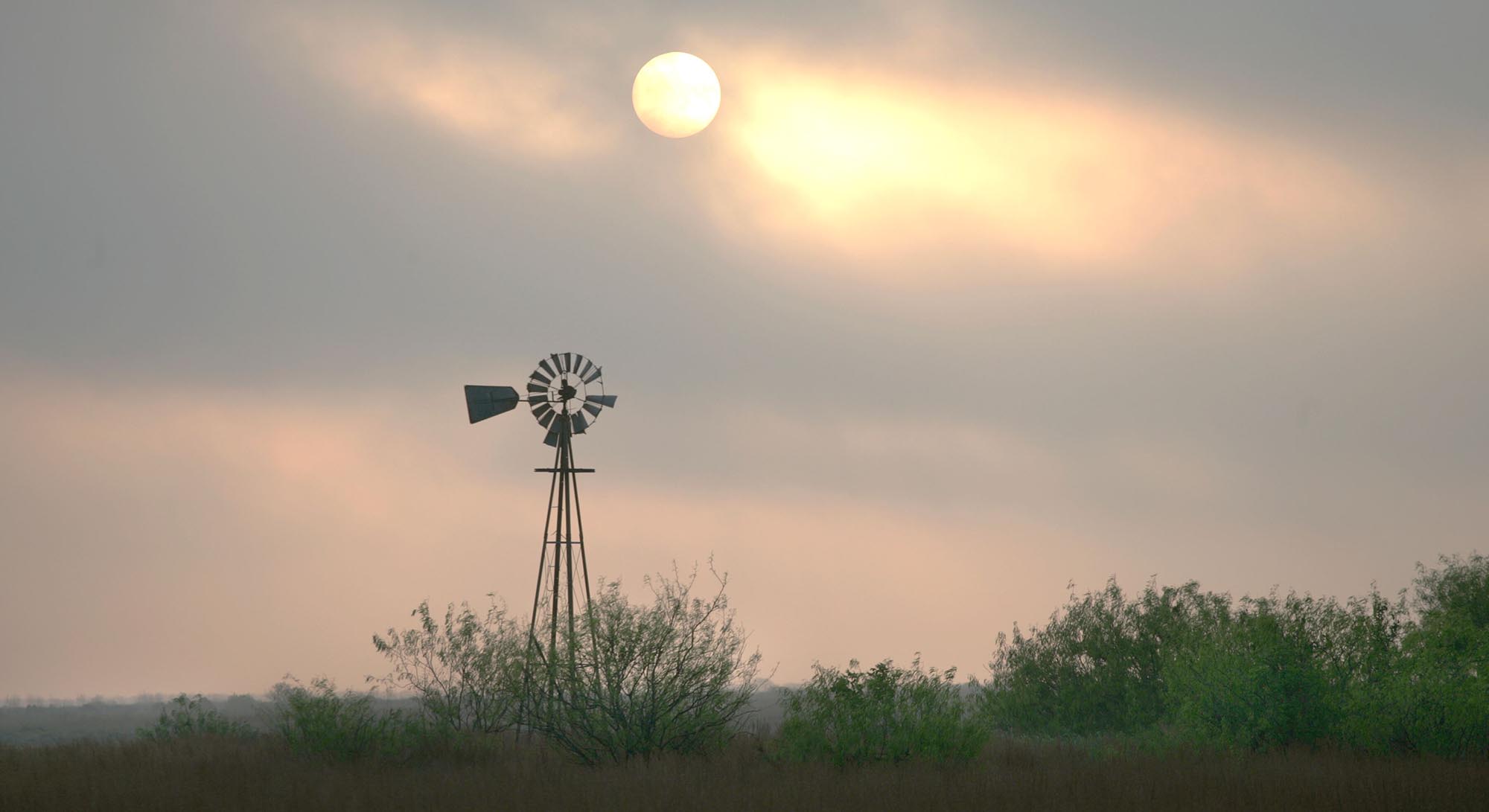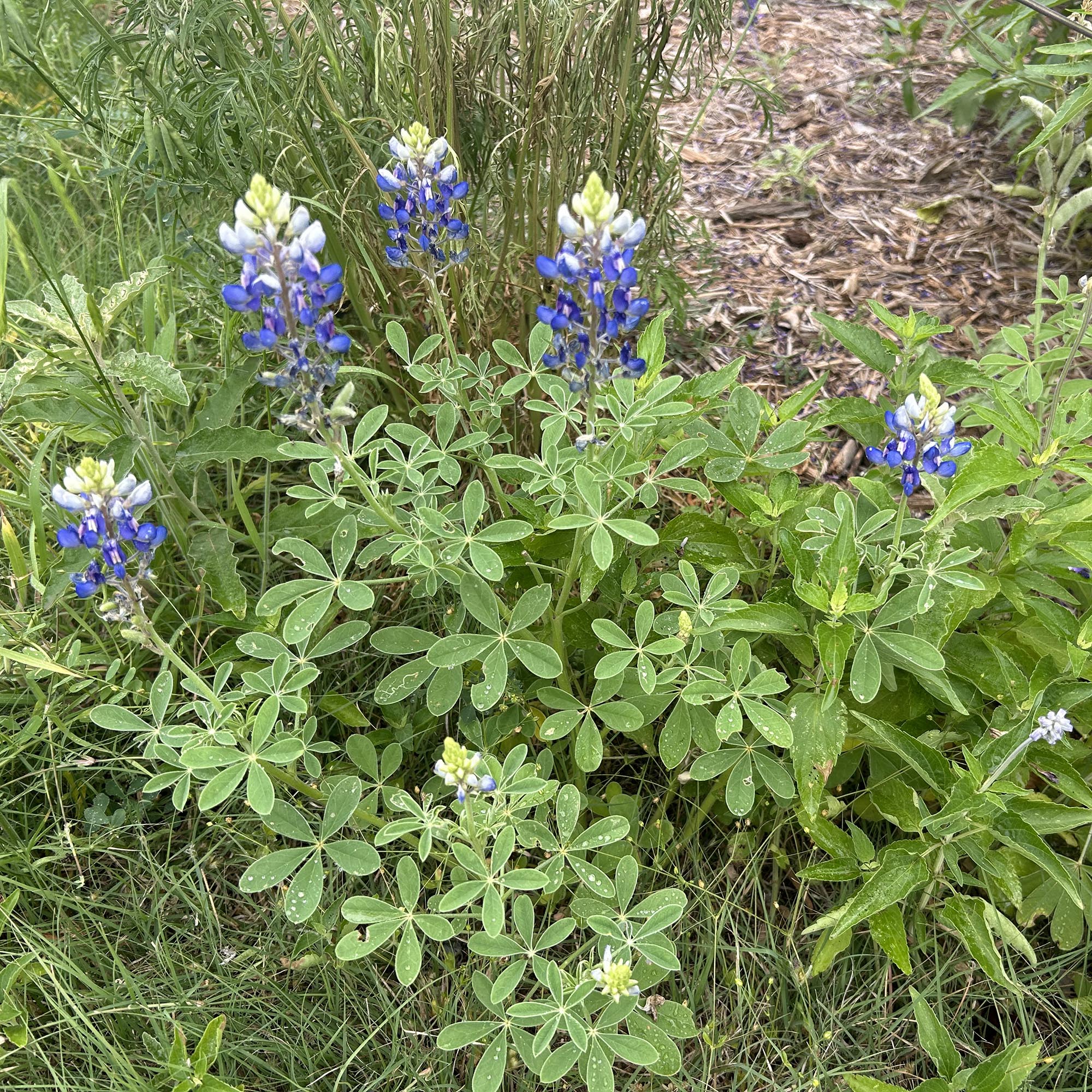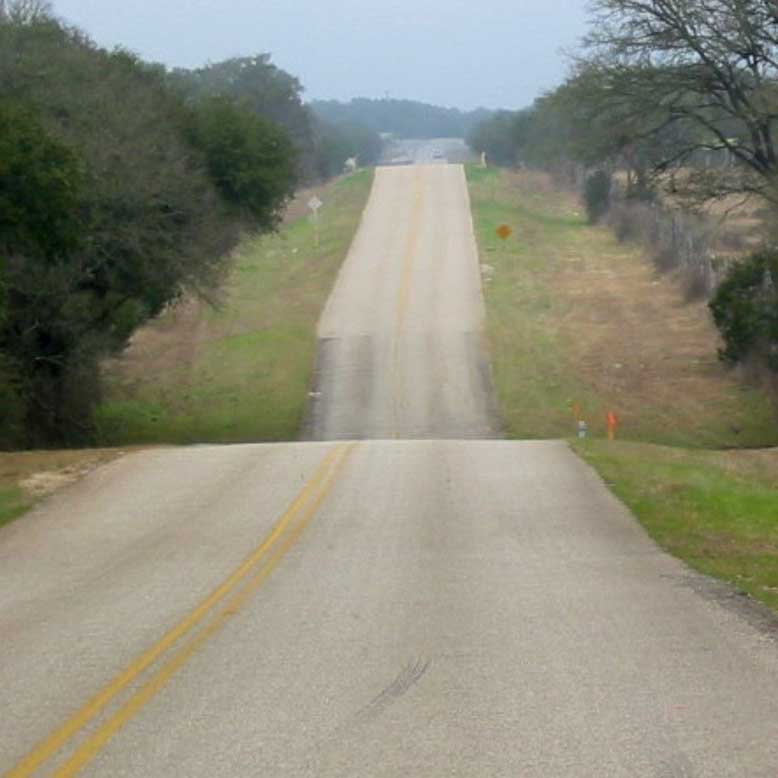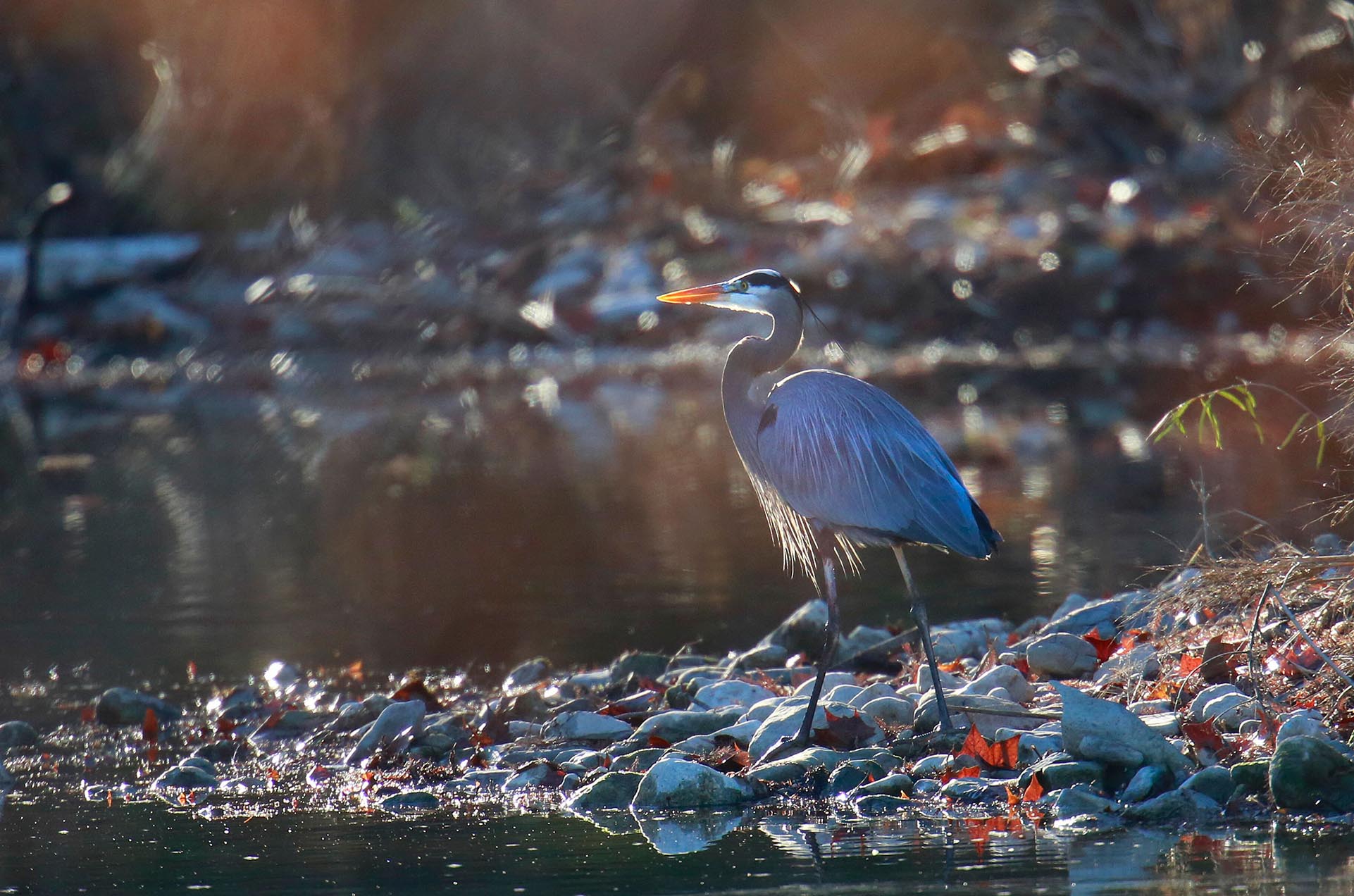Land
Our Land, Our Legacy
Comal County, Texas, is home to glorious landscapes, rich biodiversity, and a unique natural heritage that we have the privilege to enjoy and the responsibility to protect. As a community, we must recognize the importance of preserving our natural and open spaces to ensure that future generations can experience the same beauty and benefits that we do today.

Why Protect Natural and Open Spaces?
Environmental Benefits: Natural and open spaces play a crucial role in maintaining ecological balance. They provide habitats for wildlife, recharge our aquifers, and help to sustain healthy ecosystems.
Water Conservation: Comal County is home to vital water resources, including the Edwards and Trinty Aquifers. Waterways such as the Comal River, Guadalupe River, and Canyon Lake are essential to our region’s ecological health and recreational opportunities. Preserving open spaces helps protect these water sources from pollution and overuse. Healthy landscapes act as natural reservoirs, ensuring a sustainable water supply for our community and maintaining the delicate balance of our aquatic ecosystems. By safeguarding these areas, we also protect the recharge zones that are critical for replenishing our aquifers, ensuring clean and plentiful water for generations to come.
Quality of Life: Open spaces provide recreational opportunities, promote physical and mental well-being, and enhance our overall quality of life. Parks, trails, and natural areas offer places for residents to connect with nature, engage in outdoor activities, and foster a sense of community. Preserving these spaces ensures that everyone, regardless of age or background, has access to the benefits of the great outdoors.
Economic Value: Natural and open spaces contribute to the economic vitality of Comal County. They attract tourism, support local businesses, and increase property values. By investing in the preservation of our landscapes, we are investing in the long-term prosperity of our community.



The Danger of Land Fragmentation and Over Development
One of the greatest threats to our natural and open spaces is land fragmentation. As large parcels of land are divided into smaller, isolated tracts for development, the continuity of habitats and ecosystems is disrupted. This fragmentation poses several risks:
Loss of Wildlife Habitat: Fragmented lands can no longer support the wide range of species that once thrived in large, undisturbed areas. Wildlife is forced into smaller, less suitable habitats, leading to population declines and increased human-wildlife conflicts.
Reduced Water Quality and Quantity: Fragmentation often leads to increased impervious surfaces such as roads and buildings, which prevent water from naturally filtering through the soil to recharge aquifers. This results in lower water quality and reduced water availability for both human and ecological needs.
Increased Pollution: Smaller, fragmented parcels of land are more likely to be developed, leading to greater runoff of pollutants into our rivers, lakes, and aquifers. This contamination can have severe consequences for both wildlife and human health.
Disruption of Natural Processes: Land fragmentation disrupts natural processes such as fire regimes, hydrological cycles, and species migration patterns. This can lead to the degradation of ecosystems and the loss of ecosystem services that benefit our community.
Photography Credits – Banner: Eva Silverfine Ott, Windmill: Dan Tharp, Bluebonnets, Marian Henderson, Blue Heron: Dan Tharp
